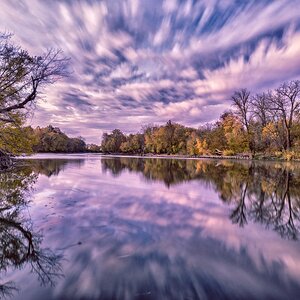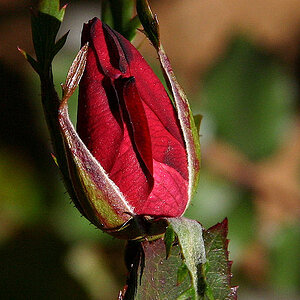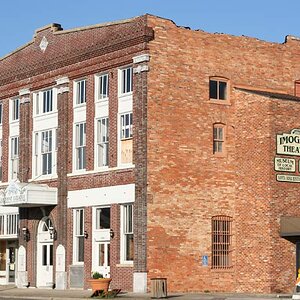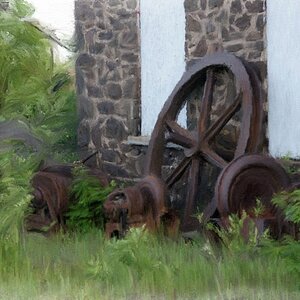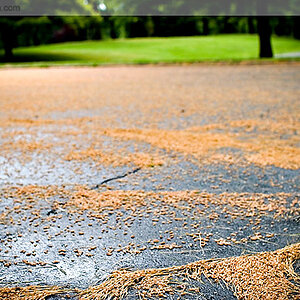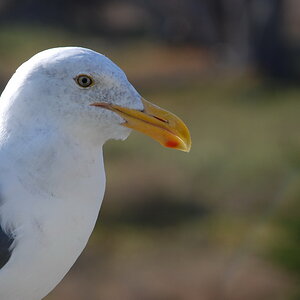waday
Do one thing every day that scares you
- Joined
- Jul 21, 2014
- Messages
- 7,485
- Reaction score
- 3,599
- Can others edit my Photos
- Photos NOT OK to edit
can someone link back to the actual photo in question?
http://allebachphotography.com/wp-c...rver/uploads/Philadelphia_TattooedBride-2.jpg



![[No title]](/data/xfmg/thumbnail/42/42280-60cc6d4893a2f440eac7dd2248e733a9.jpg?1619740088)
![[No title]](/data/xfmg/thumbnail/42/42278-22ed940cbdc5888a28d9be36006594dc.jpg?1619740086)
